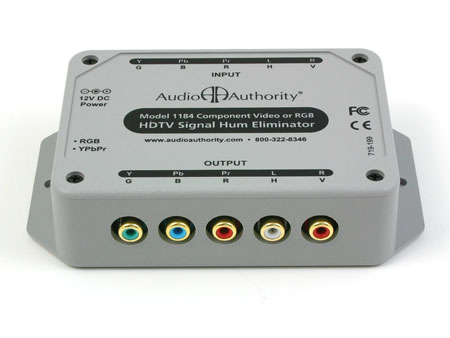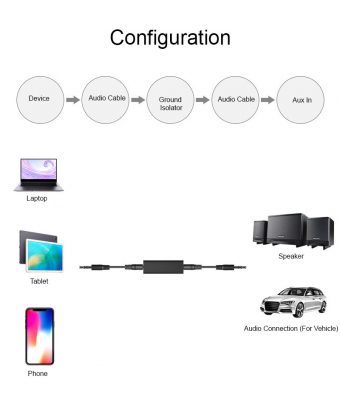
Theoretically, all of this equipment should have a ground going back to the main power panel feed and terminate at a ground there. The projector has a plastic chassis, so I took a ground from the ground on the plug and tied it into this whole harness.Īlthough I have two separate dedicated circuits in my media room and the audio is on a separate circuit and has wooden boxes - I tied the grounds on the speaker outputs, and grounds on filament supplies - every possible ground tied into the common verified ground.īack when I had a preamp, I tied the input grounds in also.Įverything the quietest it has ever been. You do have to be sure that this verified ground is solid and tight all the way back to the main ground. Then took the common point to a verified ground at an outlet. The receiver, cable box, player, etc I either stripped a short section along the length of the strand and looped it under a screw going into the metal chassis, or terminated a strand under a screw - tying them all together at a common point. Took some cat5 strands and tied all chassis together. However, I have had more experience tracking down hum than I would prefer. I will readily admit my lack of knowledge about HDMI. In your case, tying a ground from the AC plug of your display into other system grounds may do the trick.


Usually not very noticeable, but once you notice it drives you nuts. I did have hum causing issues with the projector image - in my case was two faint lines rolling down the display. You can read about that at, in the unabridged version of the HDMI whitepaper.Įven so, my hope is that this will resolve your issues. However, the HDMI protocol requires some other digital data transmission, like information about the sender & receiver, that is passed through a non-isolated single ended 5V data interface in the "DDC" cable. Incidentally, the actual video transmission in the "TMDS" cable WAS isolated it passed through one of the cat5 cables without causing hum. Sometimes ethernet cables are used as simple DC connections. Unfortunately, as I learned the hard way, the extender that I purchased fed DC ground and 5V signals through some of the wires of the "DDC" ethernet cable, so there was still a direct ground-ground path through the extender. The isolation was supposed to be achieved by running the HDMI through a HDMI-dual cat5-HDMI extender, which I figure used the balanced twisted pairs in the ethernet cables, so would not need a direct ground connection. I had already determined that the hum & buzz disappeared when the HDMI cable was unplugged, so the shields and grounds of the HDMI cable were definitely the path for the ground noise fed in from the satellite cable shield (noise also disappeared when the sat cable was unplugged). I thought that I could break the ground loop between my DirecTV box and my AVR by using an opto TOSlink cable for sound, and an "isolated" HDMI for video. Longer explanation of the HDMI issue below. My only recourse was transformer (jensen iso-max), which worked great, but was $$.

Short explanation: HDMI extenders do not provide ground isolation. HDMI cat5 extender won't break ground loop


 0 kommentar(er)
0 kommentar(er)
